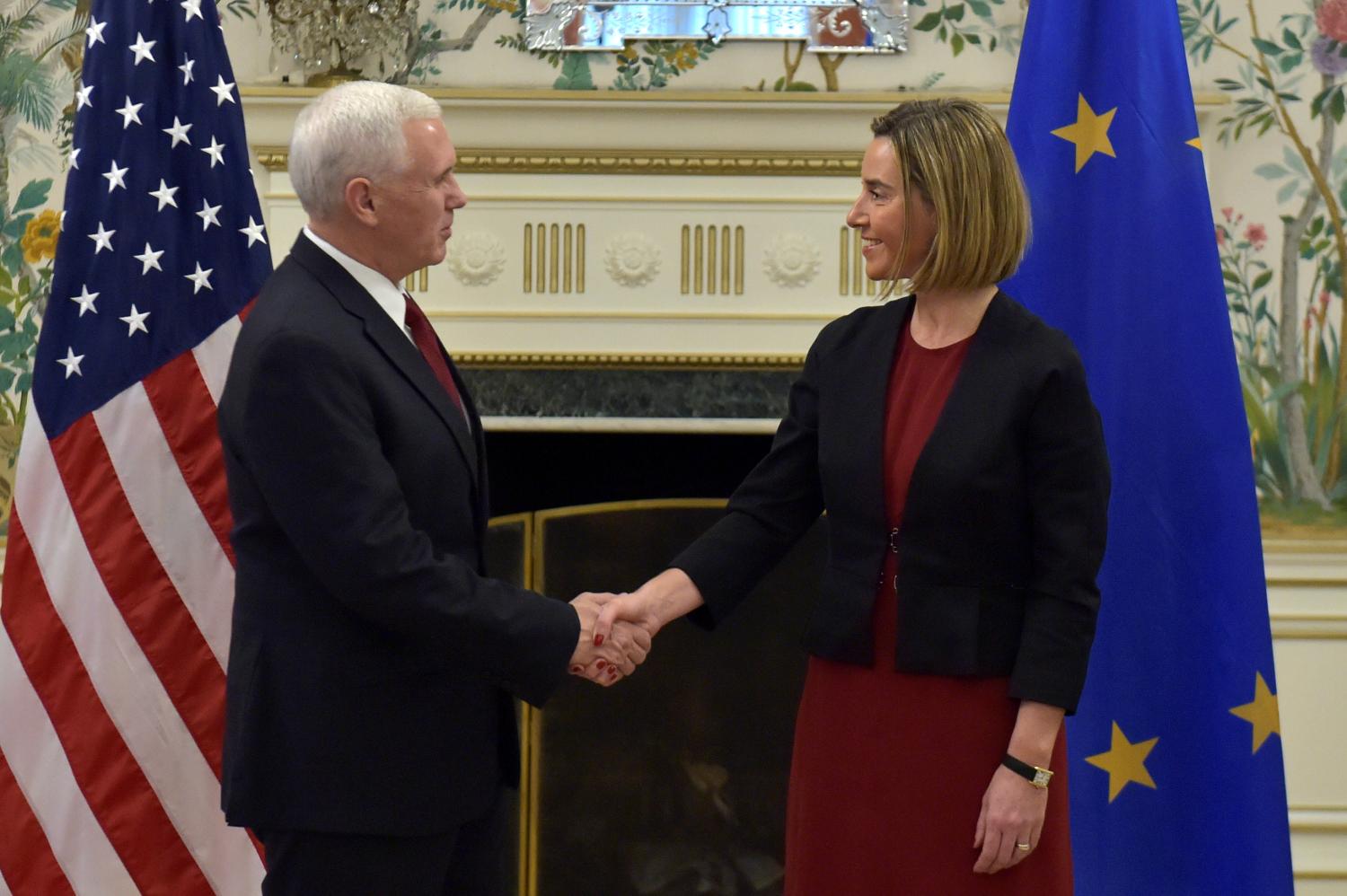The following article is one of four reports based on Vanda Felbab-Brown’s fieldwork in different parts of Colombia in January 2011. Here she gives an overview of the Santos government’s national security strategy. Read also a description of her trip to the Colombia-Venezuela border, where smuggling is rampant; her review of security in Nariño; and her walk in the comunas of Medellín.
There is a great sense of optimism in Colombia today. After significant improvements in security over the past decade, President Juan Santos embraced the public desire for social progress that took a back seat to security during Álvaro Uribe’s presidency and unveiled a package of social and economic reforms. Reducing poverty is high on his agenda, and restoration of land to those forcibly displaced by armed groups has become his signature issue. Out of the more than two million displaced, his plan is to resettle about 160,000 families over the next two years.
There are even talks about land reform in Bogota, not merely land restoration. President Santos has shaken up the Ministry of Agriculture, historically an obstacle to meaningful agricultural reform and an institution that has privileged big landlords at the expense of small farmers, thus serving as a critical impediment to making alternative livelihood efforts for Colombia’s coca farmers more effective. The Santos government has also recognized the need to increase the state’s fiscal capacity: like in many Latin American countries, land and the rich are taxed very lightly, the poor often work in informal or illegal economies, and thus the middle class bears much of the tax burden. Such a tax policy has done little to generate jobs even during times of national economic growth.
With the decline in violence, the confidence of Colombian military and law enforcement officials, many trained under U.S. Plan Colombia, has increased to the point where they are offering their expertise to other countries. In Mexico and Afghanistan they are providing counternarcotics training; in the Philippines they have offered to teach how to demobilize armed groups. (Never mind the 10,000 newly-armed belligerents, the so-called bandas criminales, that have emerged after the paramilitaries’ demobilization.) A Colombian government official recently asked me if Colombia should approach Pakistan to teach them how to do counterinsurgency (COIN).
The Santos government has recognized the still-serious security challenges in the country. A new impressive plan was unveiled to tackle urban crime, including street crime, the neglected menace of citizens across Latin America. The Ministry of Interior has committed itself to go after the persisting paramilitary networks and new bandas criminales to prevent their manipulation of the October municipal and departmental elections in Colombia. It even hired experts from a think tank, Corporación Nuevo Arco Iris, to help map the paramilitary networks. Along with journalist Claudia López, Nuevo Arco Iris helped expose the paramilitary penetration of Colombia’s political institutions several years ago. In striking contrast, President Uribe was frequently on a war footing with human rights NGOs, Colombia’s justice institutions, and other critics of his government.
Among Colombia’s NGOs, especially in Bogota, there is also a great deal of excitement about possible negotiations with the FARC, even those which might move beyond a humanitarian exchange to reach for a political settlement. The New Year statement by the FARC’s leader, Alfonso Cano, was by far the most conciliatory that has been heard from the FARC in years.
So is everything coming up orchids in Colombia (of which Colombia has approximately 3000 species, among the greatest diversity in the world)? Surprisingly, the biggest challenge may again be security. Although the government is talking about consolidation of the security gains achieved over the decade, it has come to realize that its model project for a comprehensive counterinsurgency and state-building package – in Macarena – is likely to be hard to replicate elsewhere. The concentration of resources Macarena received will be difficult to bring to other areas – be they military and police forces or economic assistance. Colombia simply does not have enough of such assets. Nor have the consolidation zones, including in Macarena, been expanding (like the proverbial “ink spot” as predicted in standard COIN theory). The Colombian government had originally hoped to have 16 more such consolidation zones, then 13; but now is going through a major review of whether to decrease the number of consolidation zones further or do more Macarenas Light. Such a reduced effort would leave a lot of spaces without adequate government presence, including in the security sphere.
Meanwhile, Colombia still has tens of thousands of bad guys running around – from the FARC to the narcos to bandas criminales. In parts of Colombia, like Nariño, security is worse than it has been in years. Unavoidably, there will have to be some hard guns-and-butter choices made. Colombian officials are already complaining about the reduction of U.S. aid, including its military component — asking where they will get money for addressing continuing security deficiencies.
In many parts of the country, the security and state-building challenges are quite different than in Macarena. There COIN was about defeating the FARC’s in its heartland and bringing in a functioning multifaceted state (much of which is still in progress). In Montes de Maria, another area at one point selected as a Consolidation priority area, most of the local government is under indictment or in prison for ties to the paramilitaries. The issue there has not been so much to bring in the state as to rid it of capture by paramilitary thugs.
Civilian presence has often been slow to come on the heels of the military’s boots. Getting line ministries to establish an effective presence has been a major challenge. Instead, it has often been the military and police forces who are holding the bag of distributing socio-economic goodies and even venturing into socio-economic development. With a well-meaning desire to win the hearts and minds of the population and shake off memories of police corruption and abuse, rural police deployments have been given training in agronomy so that they can teach farmers how to cultivate legal crops. (Despite the good intentions, one can’t help but wonder whether that is an appropriate role for police forces.) One of the tasks for Colombia’s new national security advisor, the architect of the Macarena pilot, Sergio Jaramillo, is to ensure coordination and real delivery by the line ministries.
President Santos, with his high approval ratings, is likely to get reform laws passed through the Uribistas-dominated Congress. But the crucial test will come with the reforms implementation on the ground. That is where the Colombian state is the weakest. That is also where the bandas criminales, the FARC, and entrenched powers will put up the greatest opposition to reforms– land redistribution, tackling crime, or bringing in a functioning justice system — that reduce their power.
One way to think of Colombia’s tortured history is as a precarious effort to sustain a strong and developed center on the back of a neglected and exploited periphery. Every so often the periphery’s seething socio-economic problems erupt and a periphery-based militancy starts encroaching on the center. The center mobilizes, suppresses the militancy, but fails to address the root causes of the troubles and to bring a stronger, more multifaceted, and more equitable state to the periphery. Eventually, seething problems and militancy start bubbling up again and spill over onto the center. Colombia now has a chance to break this pattern. The verdict is still out whether it will succeed.
The Brookings Institution is committed to quality, independence, and impact.
We are supported by a diverse array of funders. In line with our values and policies, each Brookings publication represents the sole views of its author(s).




Commentary
Op-edColombia’s Consolidation: Everything Coming up Orchids?
March 8, 2011